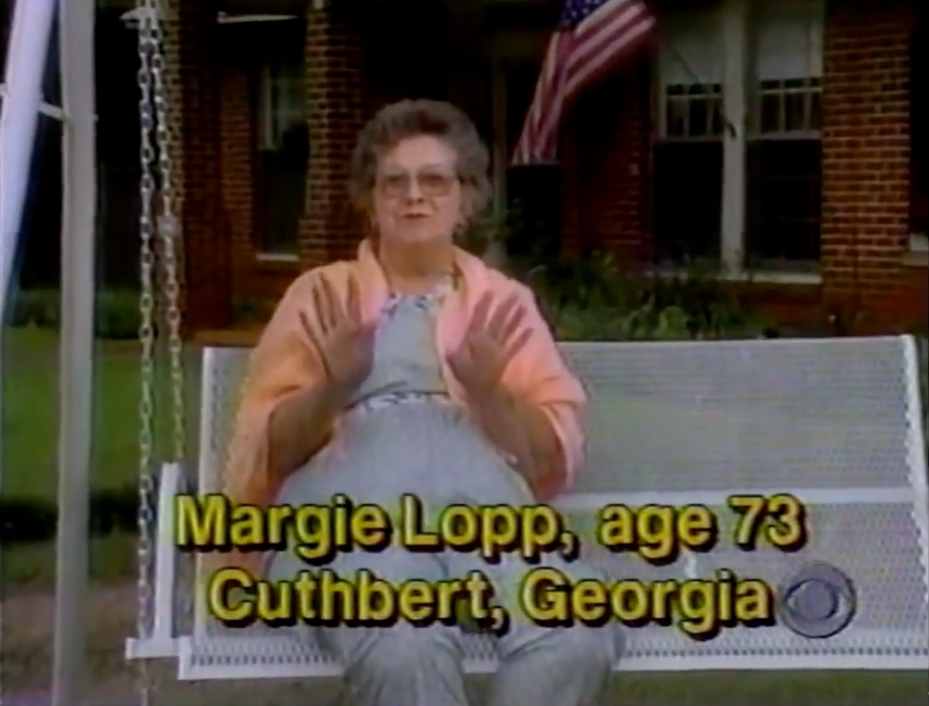Rich media beckons marketers in race against cluttered e-mail boxes “you’ve got mail,” the cheery household phrase that alerts a good portion of consumers and clients to check their electronic inboxes, could soon be replaced by a far more foreboding announcement: “You’ve got tons and tons of mail.” By 2005, the number of marketing e-mails will balloon to 268 billion, according to Jupiter Communications senior analyst Michele Slack. That’s 1,612 messages per person a year, up from 40 a year in 1999 – a 40-fold increase.
In such a market, “you’ve got to rise above the clutter,” says Bill McCloskey, president and founder of Emerging Interest (www.emerginginterest.com, formerly Rich Media Special Interest Group, richmediasig.com), an 18-month-old trade group comprising online ad agencies, publishers and marketers.
Rich media, he contends, will help marketers to do that.
McCloskey defines it as “any technology that creates an enhanced experience,” whether it’s audio, video, animation or interactivity. “All play into an enriched and emotionally impactful experience,” he says.
How widespread these technologies are in e-mail marketing depends on whom you ask, but their use seems to fall between infancy and adolescence. Either way, there appears to be movement toward adulthood. While the number of solutions companies is small relative to e-mail broadcast companies, Slack points to partnerships between such traditional companies as ClickAction and Responsys and rich media startups RadicalMail and BlueStreak, respectively, as evidence the platform is gaining momentum.
And McCloskey cites mergers of streaming media infrastructure companies including Intervu, which was bought by competitor Akamai earlier this year for $2.2 billion, as well as Inktomi’s purchase of Fastforward.com in September for $1.3 billion. Meanwhile, those in the trenches report significant increases in response rates, acquisitions and e-commerce over traditional e-mail rates in industries ranging from entertainment to insurance.
“How can we differentiate our product? We want to step out of the fray,” says Carlan Dodson, director of product development at Western Union Commercial Services, explaining Western Union’s decision to add rich media solutions to its array of client messaging services. In June, the company launched a Web-based Western Union Video Telegram service in a licensing agreement with Talkway Communications, a video service provider. According to Dodson, a handful of its business, government and non-profit clients using the video service have been pleased. Dodson cites a rich media e-mail campaign for a cruise line company pitching a trip to five tropical islands, which went out in June to 7,300 of its existing customers. The call-to-action, a re-purposed TV commercial with an aerial view of a couple ascending a staircase to the luxury liner’s elegant main lobby, yielded 91 bookings – generating $200,000 in revenue. “That’s phenomenal,” comments Dodson.
Travel may be an inherently compelling category for this emerging technology, but it can work well for less sexy categories. “The visual appeal of rich media applications is certainly not limited to consumer-focused enterprises.
“We’re finding tremendous application for our solutions within business-to-business companies,” says Bob Chiumento, vice president of sales and marketing at iMedium, an application service provider whose clients include Williams-Sonoma Inc., Hasbro Inc. and Capitol Records. One client, industrial equipment manufacturer Shutte & Koerting, in search of sales leads reaped a 52% click-through on an interactive e-brochure that allowed users to access more information by mousing over product images.
Parnell Noth, director of marketing at Office.com, had initial concerns about whether rich media was right for her audience. “We are a business site, and we didn’t know how people would react,” she says. In the end, she decided it would add cutting-edge excitement. “I was quite pleased with the results,” she says.
Powered by streaming e-mail provider RadicalMail, the “Get a Million Dollar Bonus” promotion enabled the business site center to achieve its goal of creating awareness of its URL and doubling its user base when it launched last March. The e-mail contained graphics describing the promotion – a chance to win a million dollars – a link to the site and a TV-like screen where users could play a streamed version of an existing television commercial. Of the 1 million e-mail recipients, 21% opened the e-mail and 72% of those clicked through to the site to register. The viral component, says Noth, was tremendous: “Of all the people who played, 39% [were] people we never could have contacted otherwise.”
The beauty of rich media technology is that, unlike its plain-text counterpart, it captures an enormous amount of data, determining customer behavior and the campaign’s effectiveness, says Spencer Wicks, former vice president of sales at Gomo (purchased by Pomp Inc. at press time). That data can include the “stickiness” or the amount of time a user spends interacting with a message, the number of messages forwarded, the number of clickthroughs and time of day the message was opened. For a Dreamworks e-mail campaign promoting the movie “Chicken Run,” Gomo tracked, among other things, a 900% response rate, as well as recipients’ favorite characters – data useful for future merchandising.
Production expenses, however, for rich-media technologies can be steep. “The upfront costs are much higher. But the cost per acquisition is much lower and you get a higher response and conversion rate, so you save in the long run,” says McCloskey.
The biggest challenge for marketers will be using it effectively. “There is the George Jetson factor,” admits iMedium’s president Brian Donner. Marketers will have to resist using rich media just because it’s cool, he says.
Implemented intelligently, says Gomo’s CEO Scott Smith, rich media can increase the bottom line. “It combines the accountability of direct marketing and the emotionality of advertising,” he adds.



